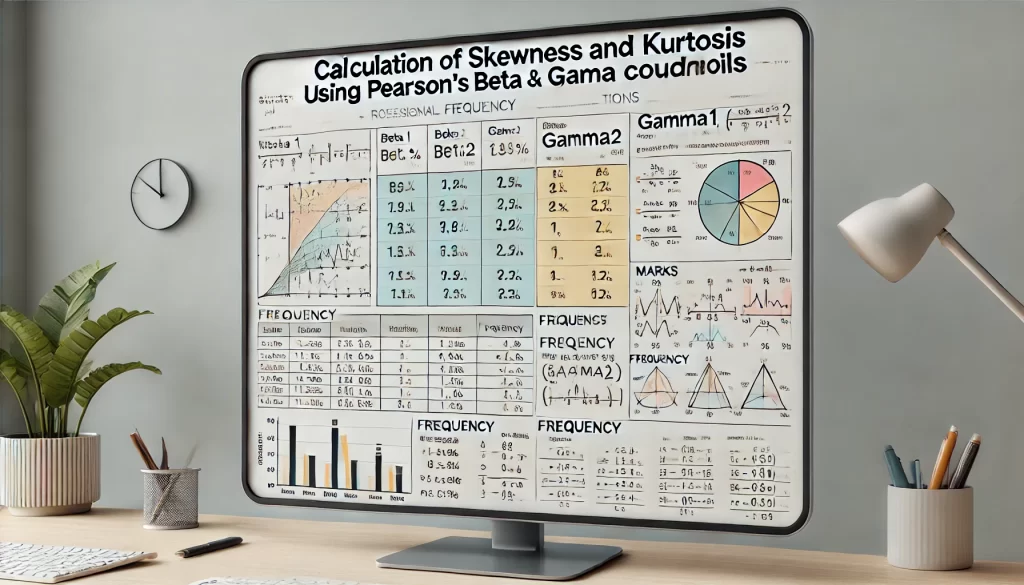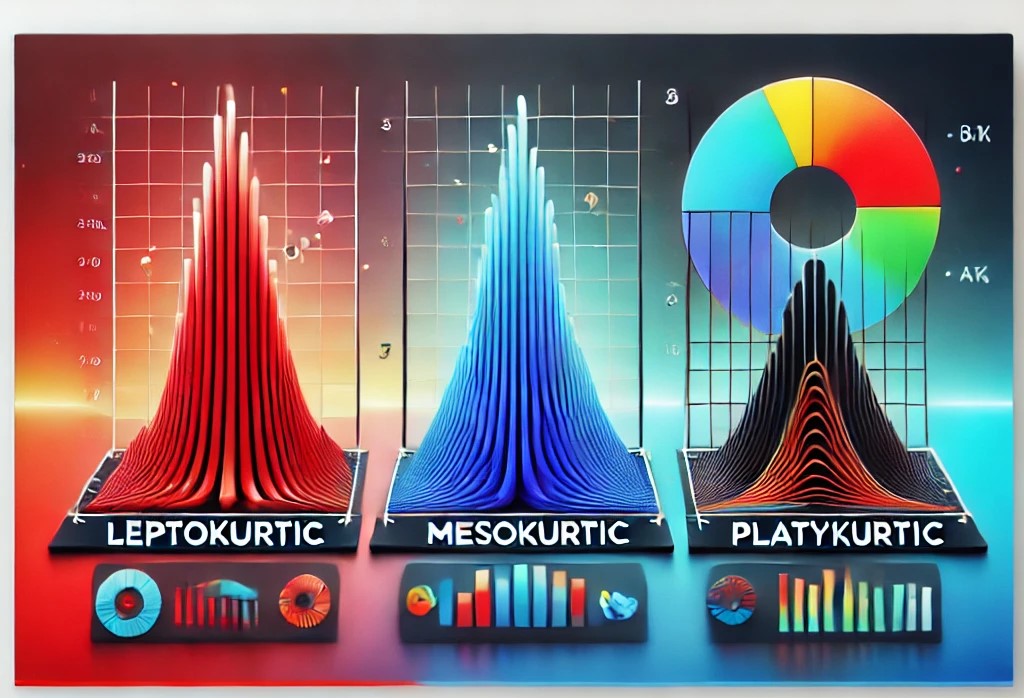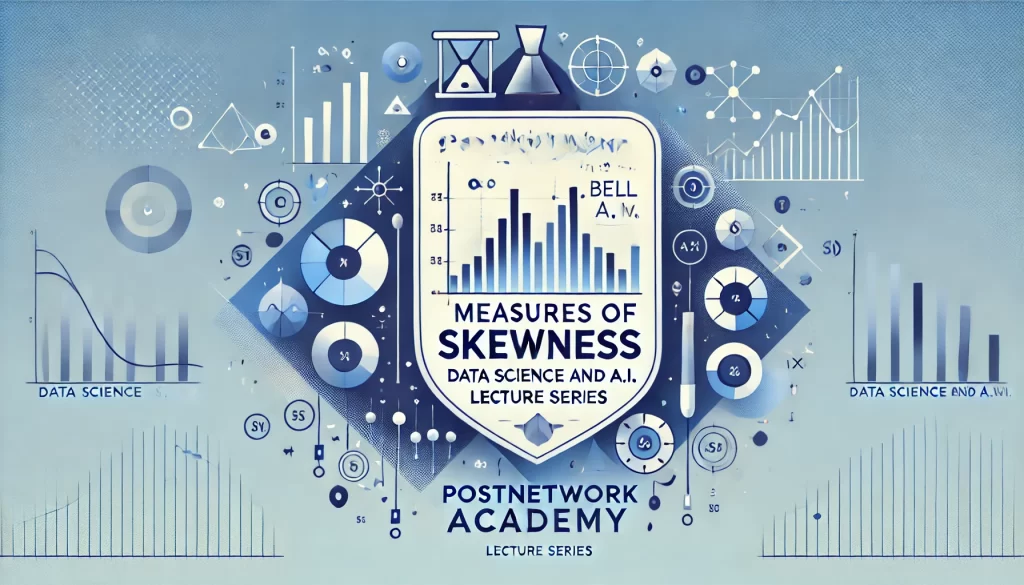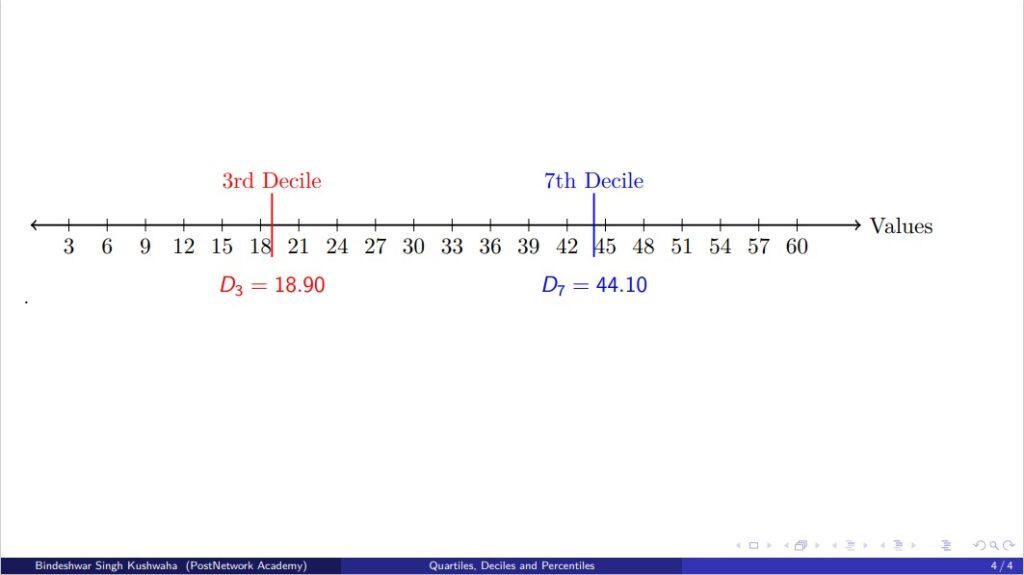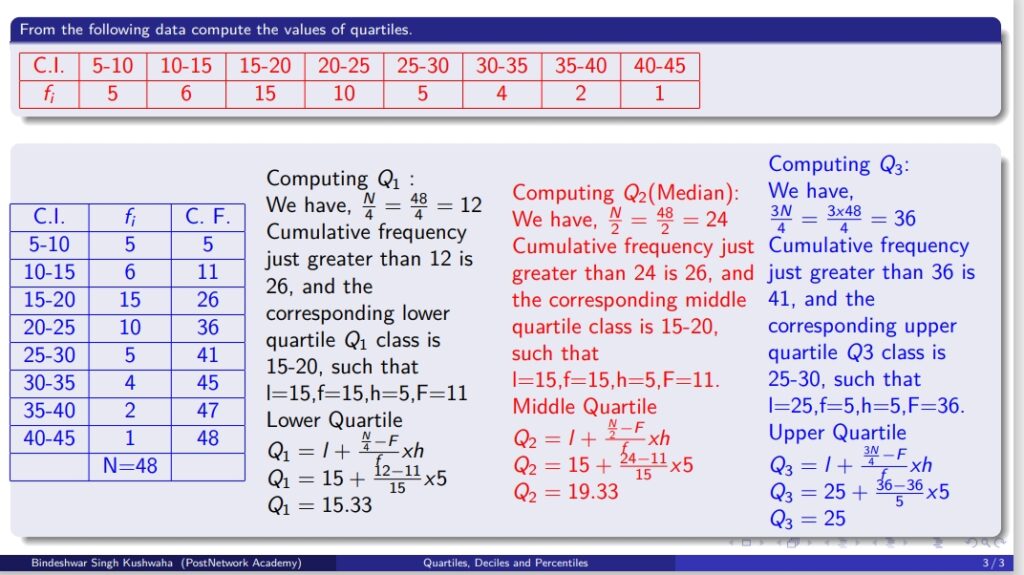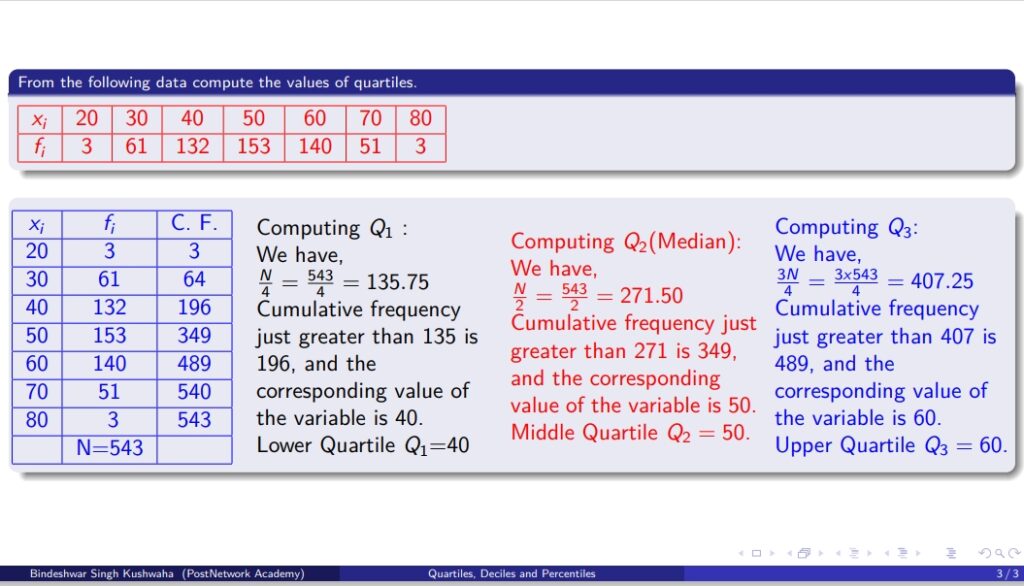Moments and Pearson’s Coefficient Simplified | Data Science & A.I. Lecture Series
Introduction Welcome to the Data Science and A.I. Lecture Series presented by PostNetwork Academy. In this session, we’ll focus on key statistical concepts: moments about the mean, skewness, and kurtosis. These concepts are essential in understanding data distribution characteristics and play a significant role in data science, artificial intelligence, and statistical analysis. In this […]
Moments and Pearson’s Coefficient Simplified | Data Science & A.I. Lecture Series Read More »
